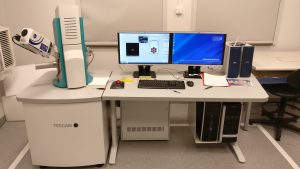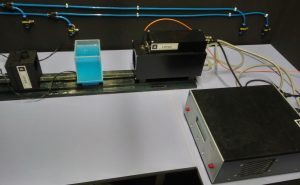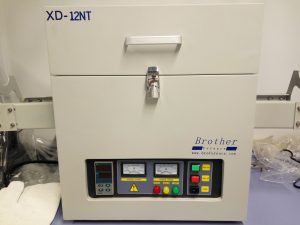- HPLC with UV/VIS detector (Perkin Elmer Series 200, Perkin Elmer Flexar)
- PyroScience Firesting O2 fluorescence oxygen detector
- BLUE PLANET DST50 Ozone generator
- SPS-Europe SPIN150 Spin coater
- MTI Corporation SS-00AB Dip coater
- ERTEC Microvawe reactor
- OPHIR NOVA II light intensity meter
- Comet StellarNet Inc BLACK- light intensity meter
- HPLC with UV/VIS detector (Perkin Elmer Series 200, Perkin Elmer Flexar)
- PyroScience Firesting O2 fluorescence oxygen detector
- BLUE PLANET DST50 Ozone generator
- SPS-Europe SPIN150 Spin coater
- MTI Corporation SS-00AB Dip coater
- ERTEC Microvawe reactor
- OPHIR NOVA II light intensity meter
- Comet StellarNet Inc BLACK- light intensity meter
- HPLC with UV/VIS detector (Perkin Elmer Series 200, Perkin Elmer Flexar)
- PyroScience Firesting O2 fluorescence oxygen detector
- BLUE PLANET DST50 Ozone generator
- SPS-Europe SPIN150 Spin coater
- MTI Corporation SS-00AB Dip coater
- ERTEC Microvawe reactor
- OPHIR NOVA II light intensity meter
- Comet StellarNet Inc BLACK- light intensity meter
- HPLC with UV/VIS detector (Perkin Elmer Series 200, Perkin Elmer Flexar)
- PyroScience Firesting O2 fluorescence oxygen detector
- BLUE PLANET DST50 Ozone generator
- SPS-Europe SPIN150 Spin coater
- MTI Corporation SS-00AB Dip coater
- ERTEC Microvawe reactor
- OPHIR NOVA II light intensity meter
- Comet StellarNet Inc BLACK- light intensity meter
- HPLC with UV/VIS detector (Perkin Elmer Series 200, Perkin Elmer Flexar)
- PyroScience Firesting O2 fluorescence oxygen detector
- BLUE PLANET DST50 Ozone generator
- SPS-Europe SPIN150 Spin coater
- MTI Corporation SS-00AB Dip coater
- ERTEC Microvawe reactor
- OPHIR NOVA II light intensity meter
- Comet StellarNet Inc BLACK- light intensity meter
The equipment we have at the TEAM of Photocatalysis:
The equipment we have at the TEAM of Photocatalysis:
The equipment we have at the TEAM of Photocatalysis:
The equipment we have at the TEAM of Photocatalysis:
The equipment we have at the TEAM of Photocatalysis:


















